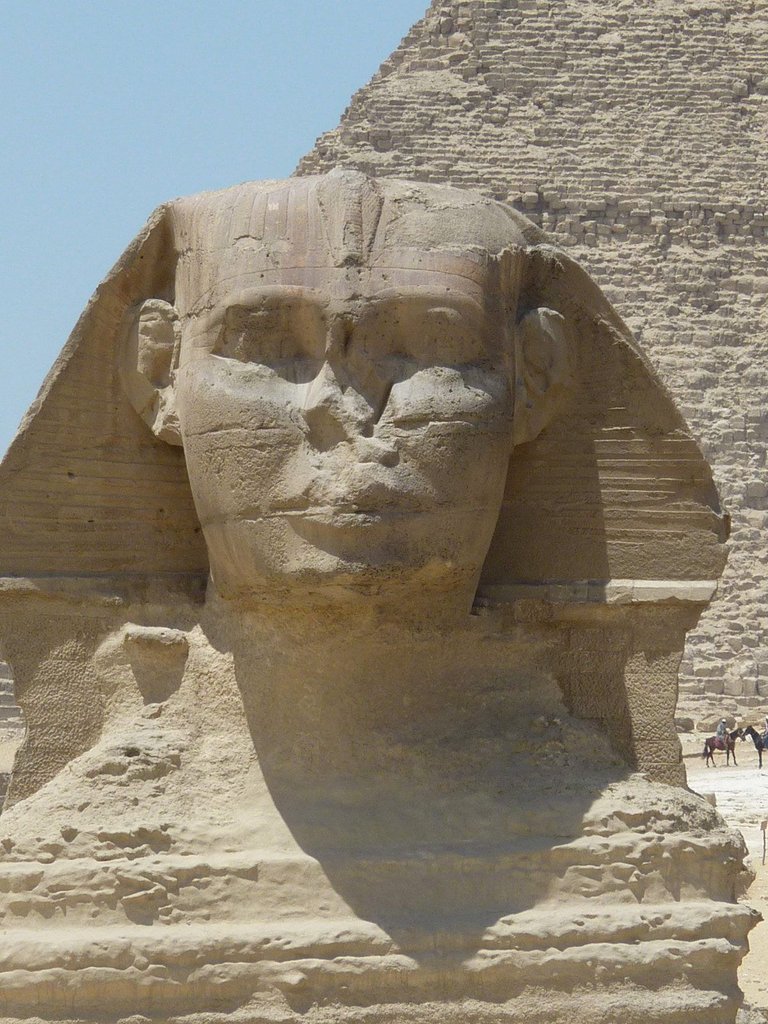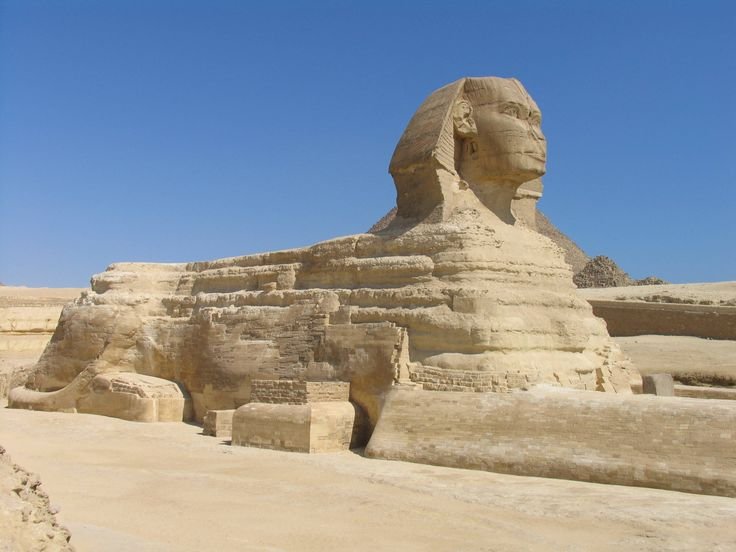Buried in Sand:
Over the years, some of the finest archaeological minds of the Western world never saw all of the Sphinx. Even Napoleon would only witness the Sphinx’s head when he arrived in Egypt in 1798. The rest was buried in sand. It was due to the persistence of an engineer, Frenchman Emil Baraize, that the full body of the Sphinx was finally revealed to the world for the first time in thousands of years.
Where others had given up, Baraize would spend over a decade clearing the huge amount of desert sand from around the ancient structure, and in 1936, it finally stood in all its glory for the world to witness.[1]
Some of those who had embarked on missions similar to Baraize only to abandon their projects included Giovanni Caviglia (explorer and leading Egyptologist of his time), Auguste Mariette (respected French archaeologist) and Gaston Maspero (respected 1800s Egyptologist).

Carved From A Single Piece Of Rock:
The ancient monument was carved from one single piece of limestone and measures an impressive 73 meters (240 ft) long and 20 meters (66 ft) high.[2] (Its original shape has since been partially resorted with blocks.) The Great Sphinx is the largest known sphinx of the ancient world.
To say it is an amazing accomplishment in construction and architectural history would be an understatement. Of course, although we won’t delve into it here too much, there are those who suspect, even assert, that the construction of the Sphinx, and the pyramids themselves, had more influence than mere human. Whether it was extraterrestrials, or a (now) long-forgotten ancient civilization who were more advanced than we give our ancestors credit for, it is certainly something to be appreciated.
Even the nearby Sphinx Temple was built with pieces of stone in excess of 200 tons, which were quarried around the same time as the Sphinx’s construction.

Hi! I am a robot. I just upvoted you! I found similar content that readers might be interested in:
http://listverse.com/2017/12/13/10-facts-claims-and-theories-about-the-great-sphinx-of-giza/